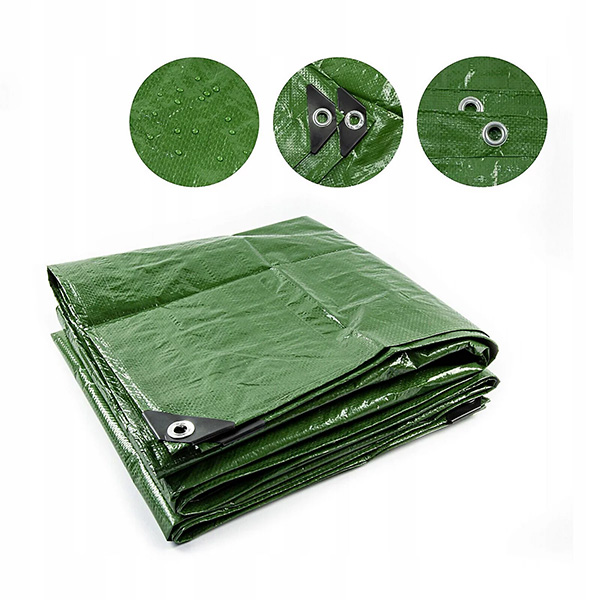PVC (Polyvinyl Chloride) and PE (Polyethylene) tarpaulins are two common types of waterproof covers used in various industries. Here’s a comparison of their properties and applications:
1. PVC Tarpaulin
- Material: Made from polyvinyl chloride, often reinforced with polyester or mesh for strength.
- Features:
- Highly durable and tear-resistant.
- Excellent waterproofing and UV resistance (when treated).
- Fire-retardant options available.
- Resistant to chemicals, mildew, and rot.
- Heavy-duty and long-lasting.
- Cost Efficiency: PVC has higher initial costs but longer value over time.
- Environmental Impact: PVC requires specialized disposal due to chlorine content.
- Applications:
- Truck covers, industrial shelters, tents.
- Marine covers (boat tarps).
- Advertising banners (due to printability).
- Construction and agriculture (heavy-duty protection).
2. PE Tarpaulin
- Material: Made from woven polyethylene (HDPE or LDPE), usually coated for waterproofing.
- Features:
- Lightweight and flexible.
- Waterproof but less durable than PVC.
- Less resistant to UV and extreme weather (can degrade faster).
- Cost Efficiency :Cheaper than PVC.
- Not as strong against tearing or abrasion.
- Environmental Impact: PE is easier to recycle.
- Applications:
- Temporary covers (e.g., for outdoor furniture, wood piles).
- Lightweight camping tarps.
- Agriculture (greenhouse covers, crop protection).
- Short-term construction or event covers.
Which One to Choose?
- PVC is better for long-term, heavy-duty, and industrial use.
- PE is suitable for temporary, lightweight, and budget-friendly needs.
Post time: May-12-2025



